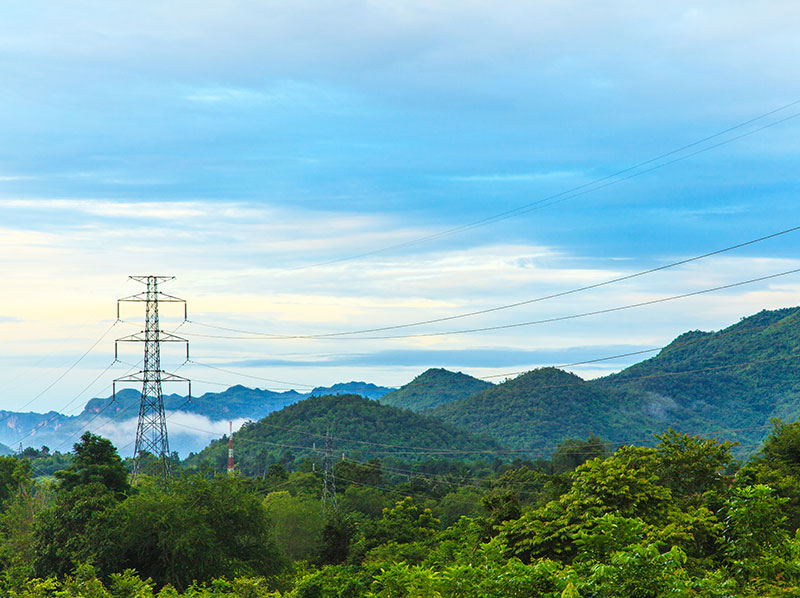
Demand for electricity in the Asia-Pacific region will grow by 45 per cent by 2050, predicts the Asia Pacific Energy Research Centre (APERC) in their report APEC Energy Demand and Supply Outlook 2019. This increased demand will be driven predominantly by China and Southeast Asia, where developing economies, rising per-capita income, and increased electrification of transport will result in higher electricity consumption. More than 3200 gigawatts (GW) of new power plant capacity is expected to be built in the region by 2050 to cater to this increased demand for electricity.
This will create significant investment opportunities. For example, in Southeast Asia, 159 GW of new coal, 68 GW of new gas and 150 GW of new renewables capacity will be needed to accommodate the anticipated increase in demand. Indonesia will require the most investment, estimated at US$466 billion to build 215 GW of electricity capacity by 2050.
As a result of higher electrification, electricity systems will need to transform as more pressure is put on them. Economies in the region must focus on improving power system flexibility. Here are four ways:
1. Adopting energy storage technologies. Energy storage systems such as pumped hydro storage and fuel cell batteries play an important role in ensuring power system flexibility. These solutions allow energy from intermittent sources to be stored for periods of higher demand. Governments should set clear policies to support a diverse mix of such technologies.
2. Increasing supply-side ramping capacity. As renewables take a higher share of the energy mix, it becomes more important to accommodate their variable nature. More flexible plants that can maximise multiple energy sources will be needed.
3. Improving transmission and distribution networks. Governments must take the lead in enhancing and optimising transmission and distribution networks to maximise capacity. Other opportunities include integrating power grids across countries, including those in the ASEAN region.
4. Expanding and enhancing demand-side management. Ultimately, power system flexibility must also come with greater awareness from consumers about their various options. Increased awareness can be fostered through better education. For example, educating about time-of-use pricing and other energy efficiency programmes will help decrease stress on the energy system.